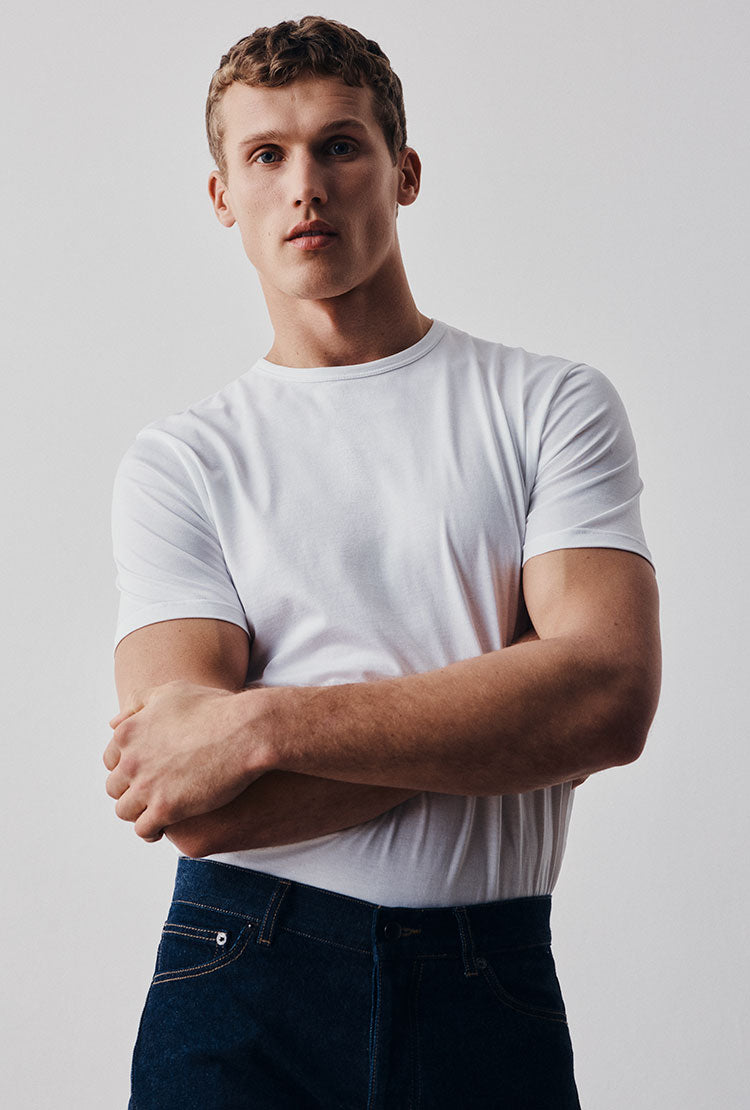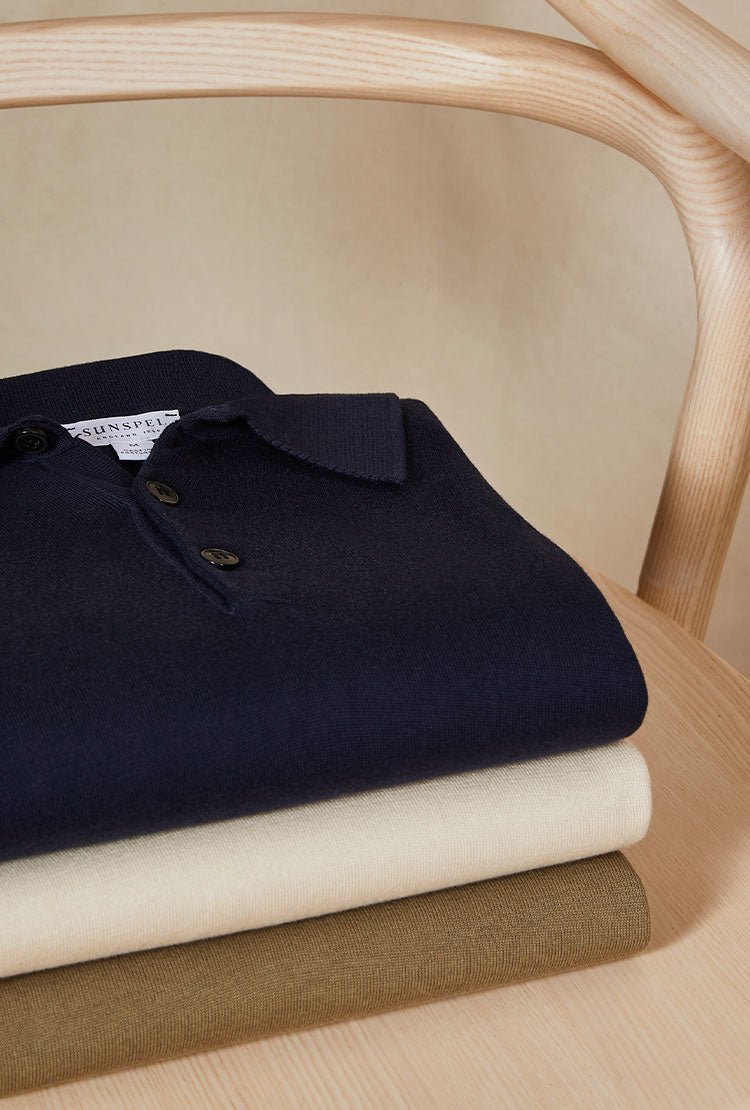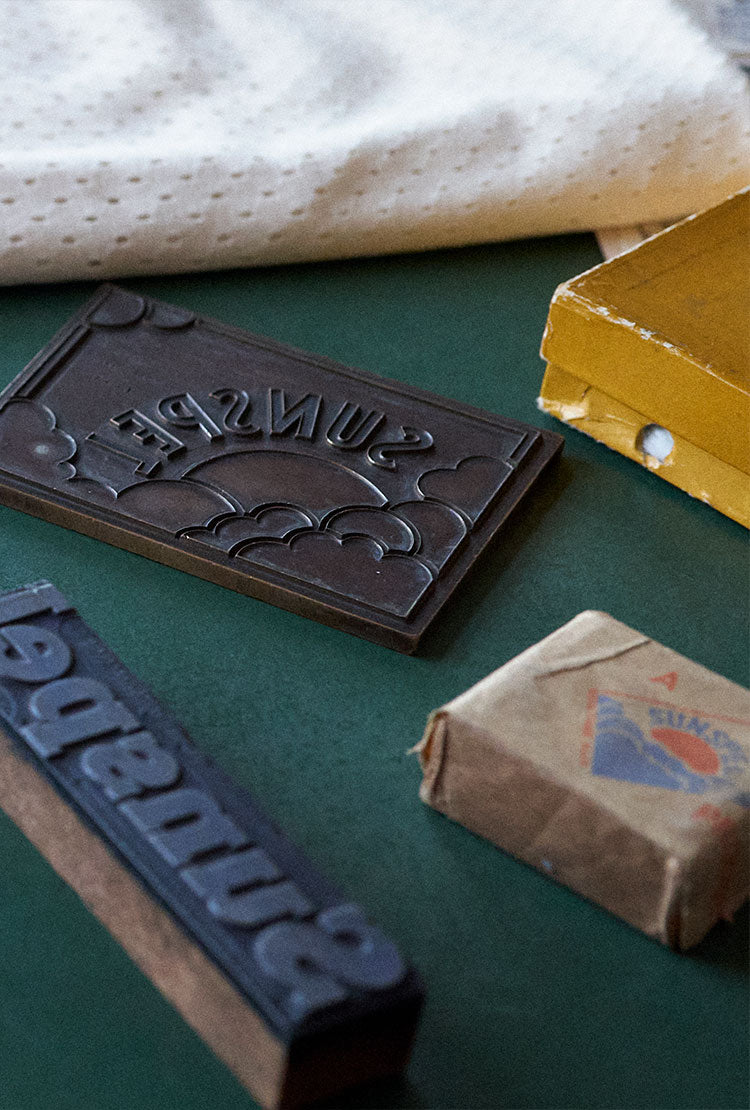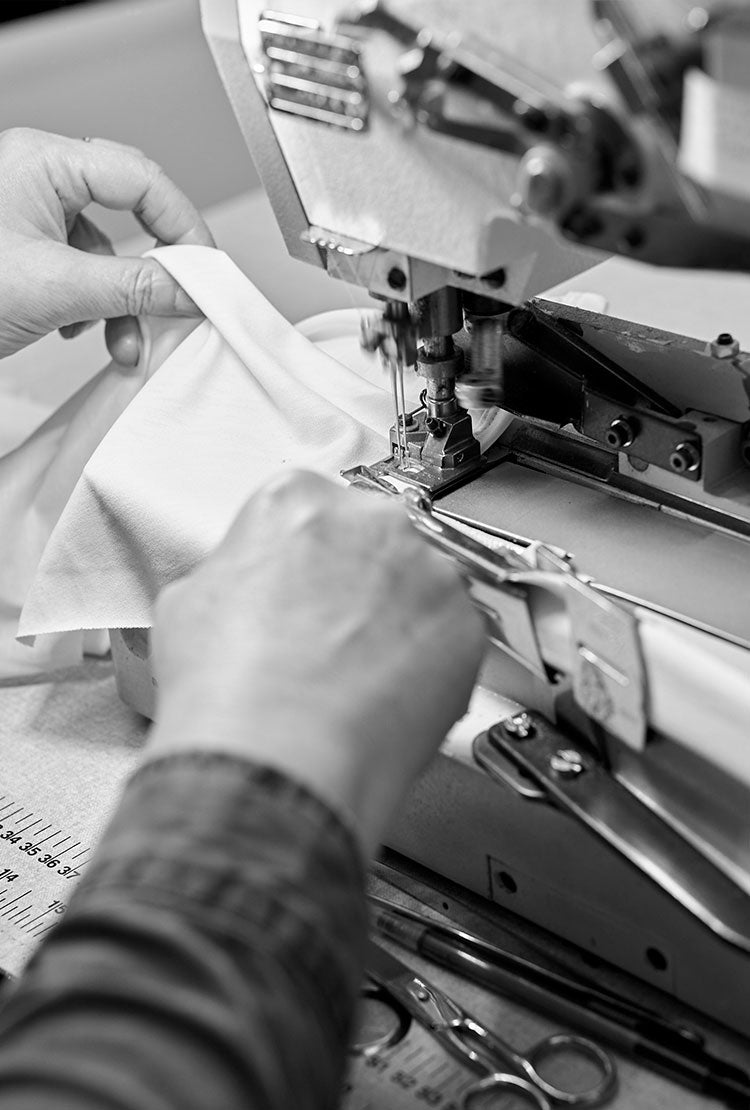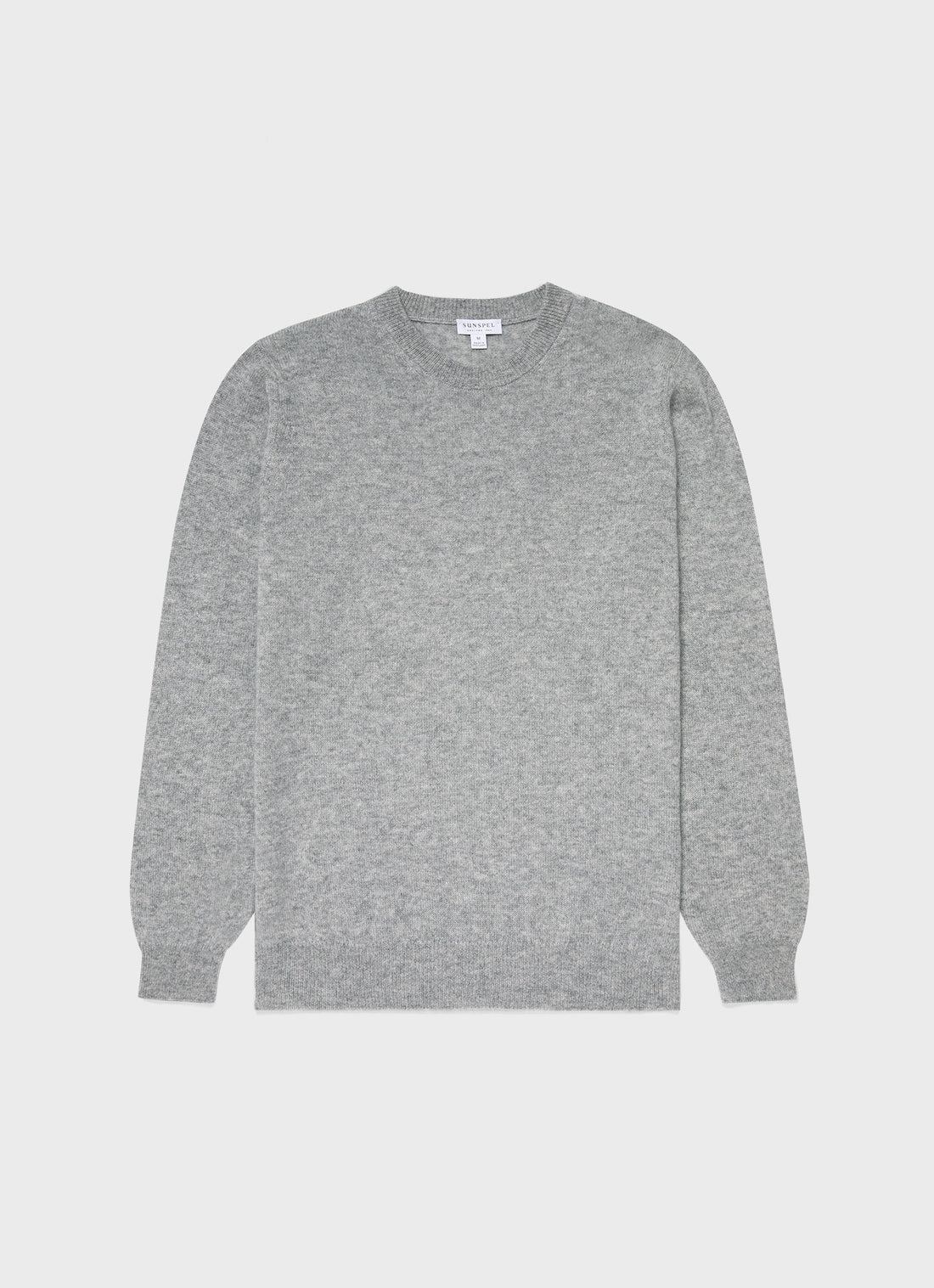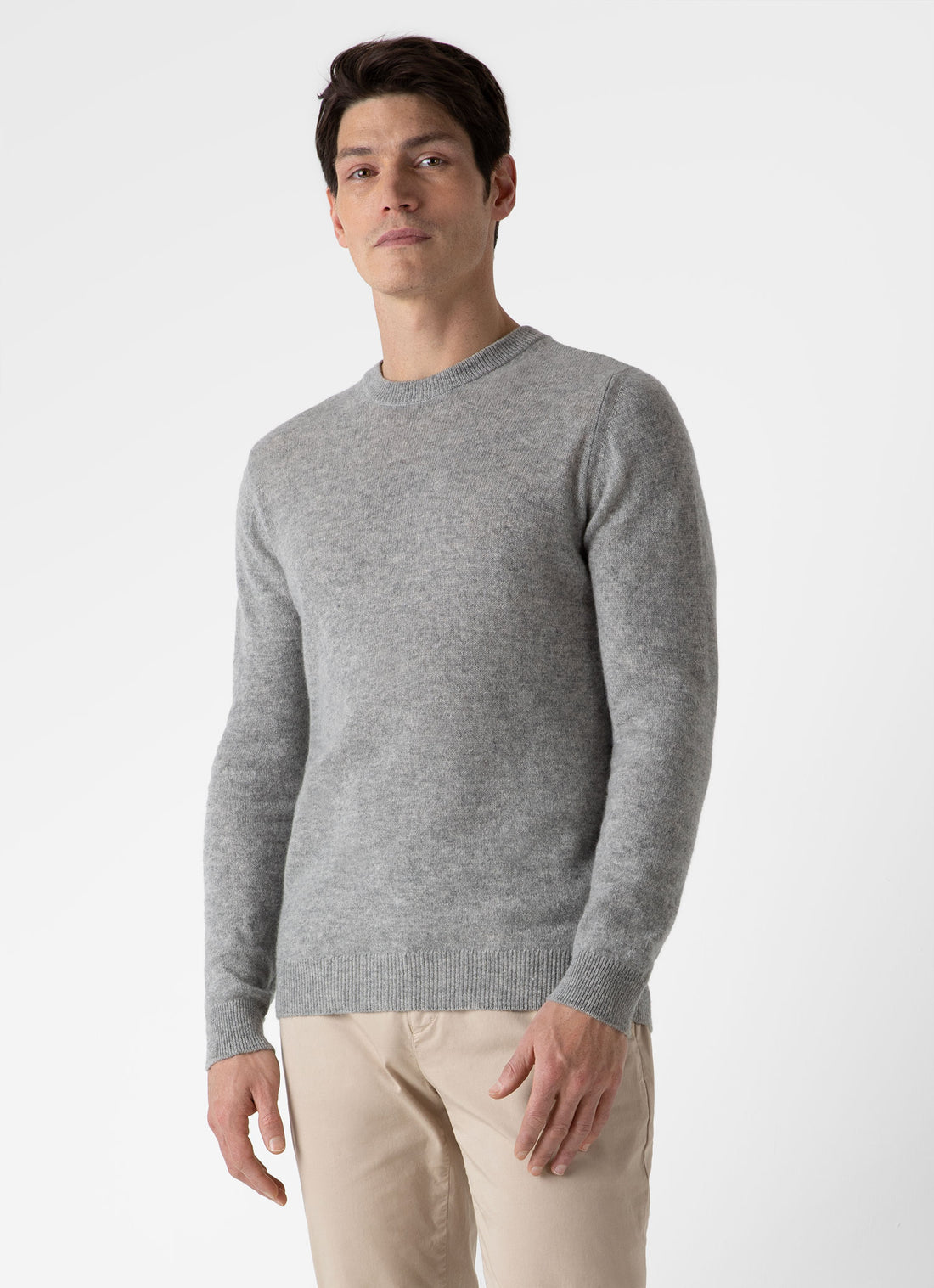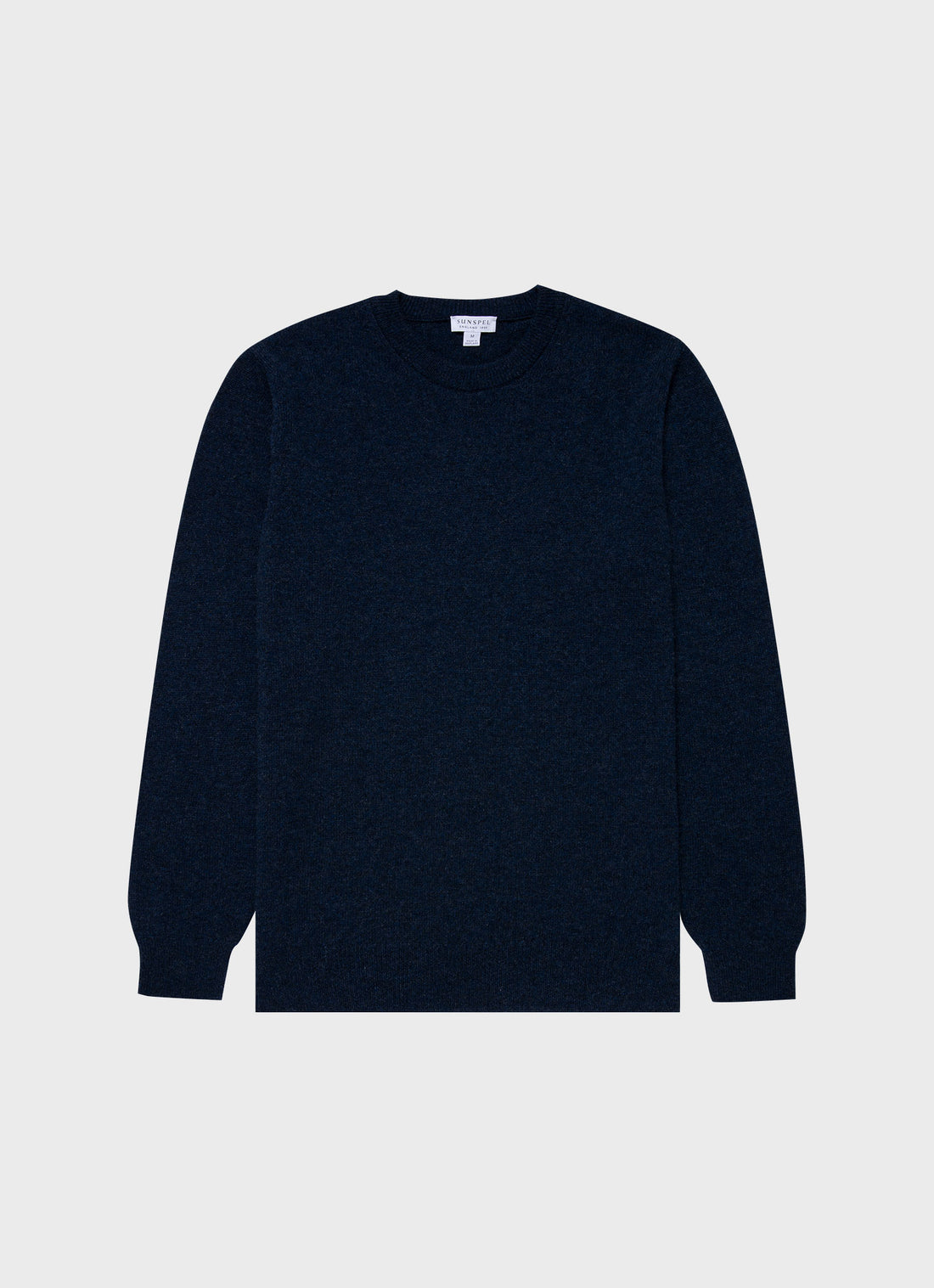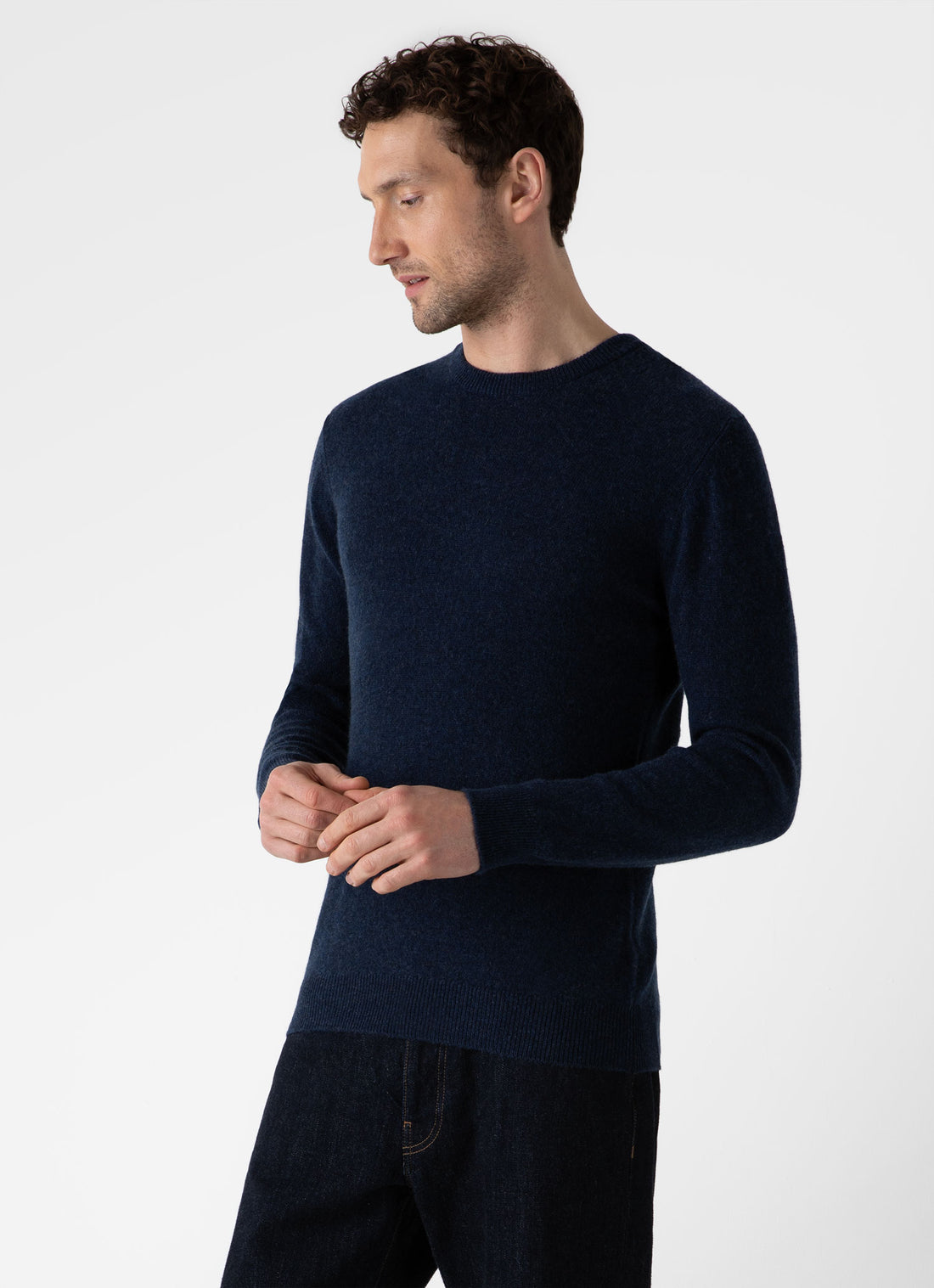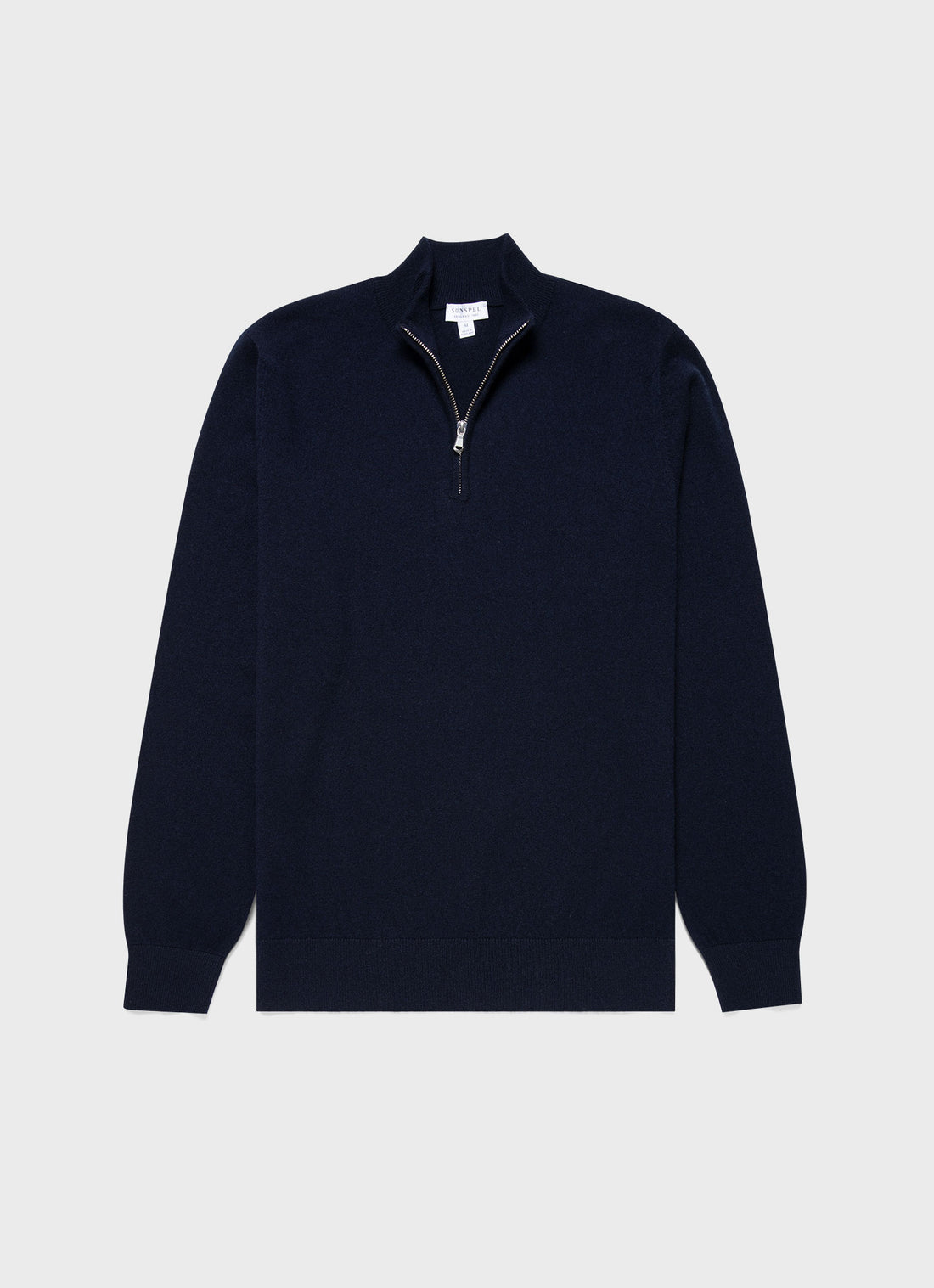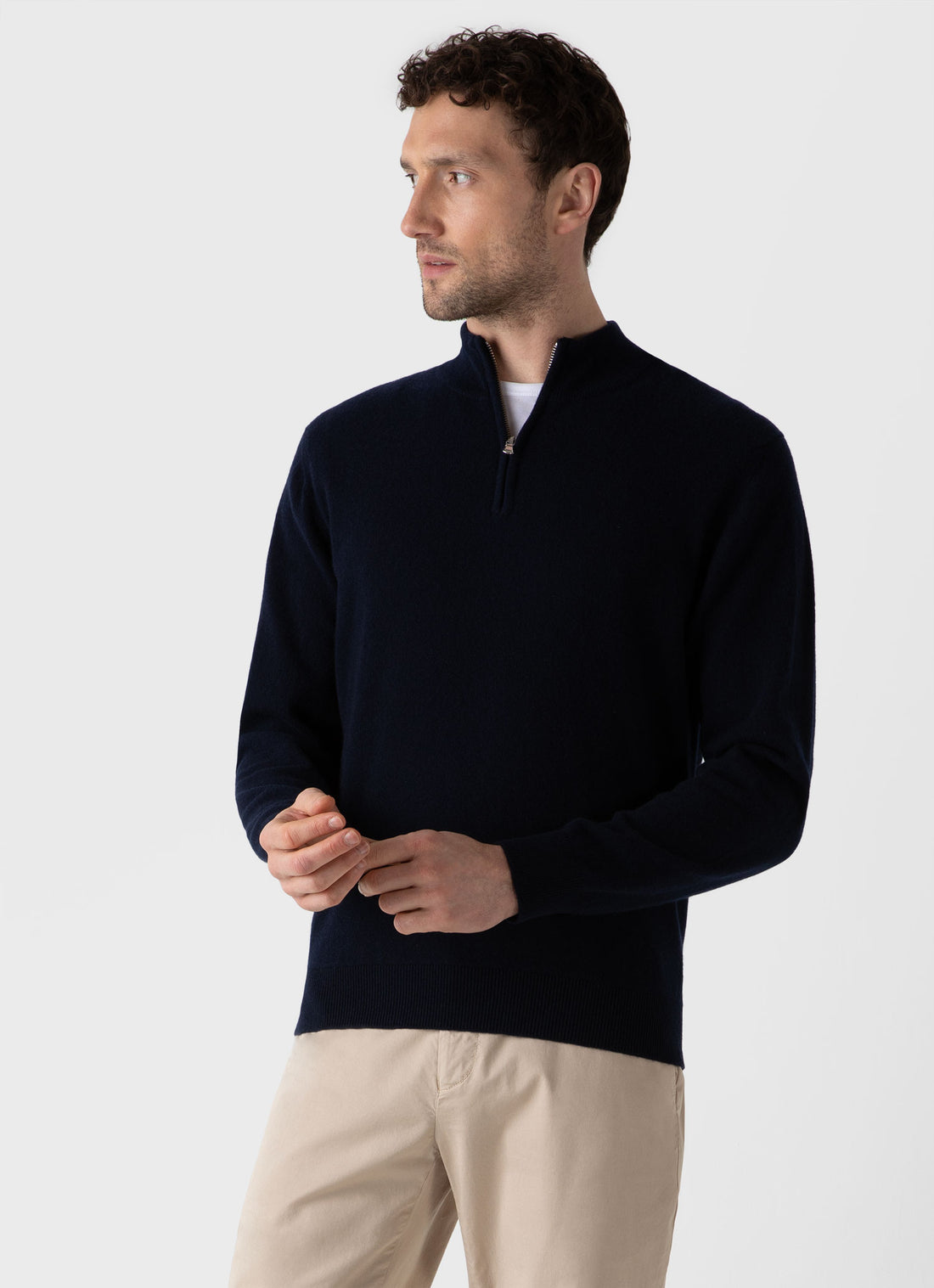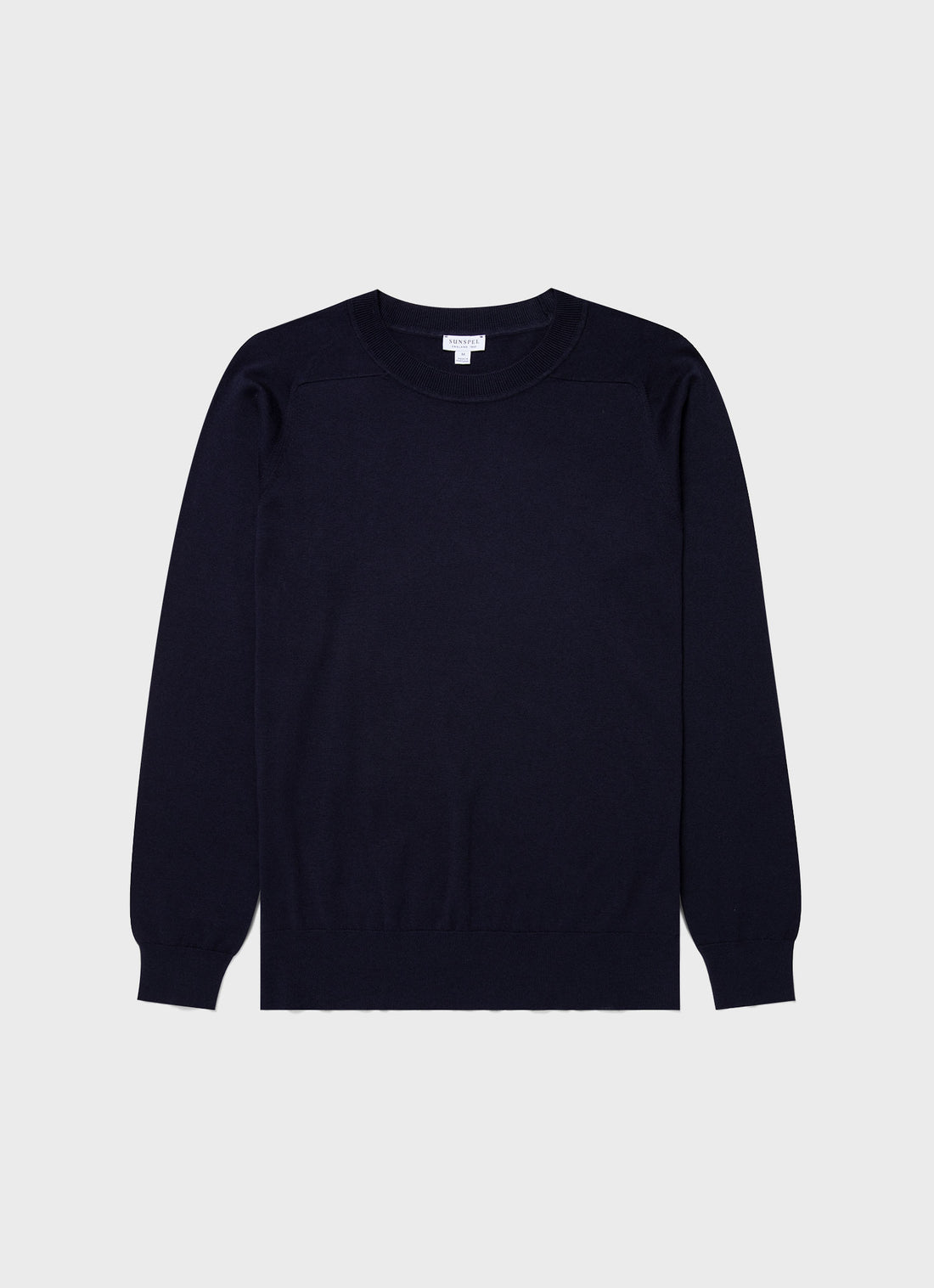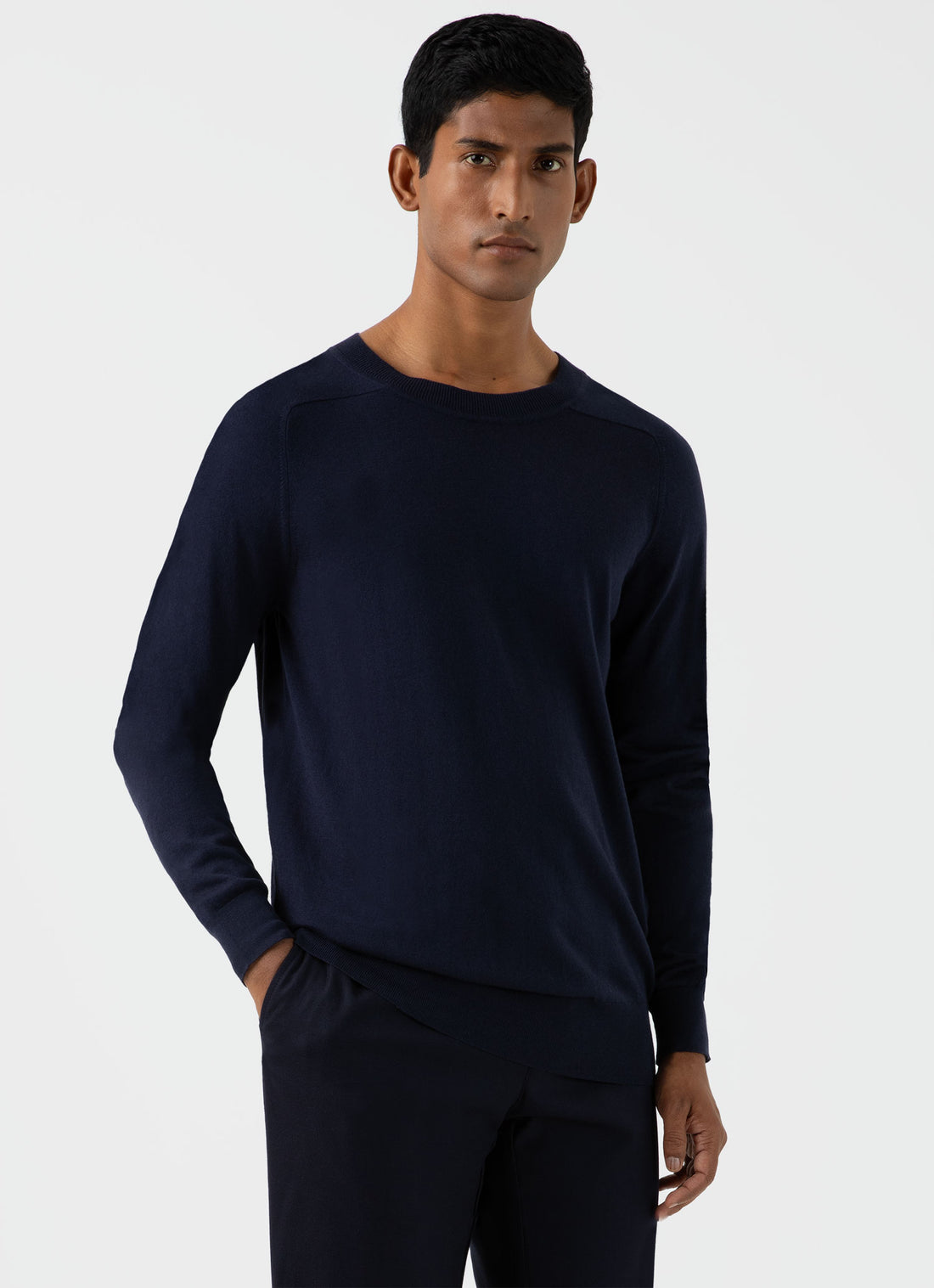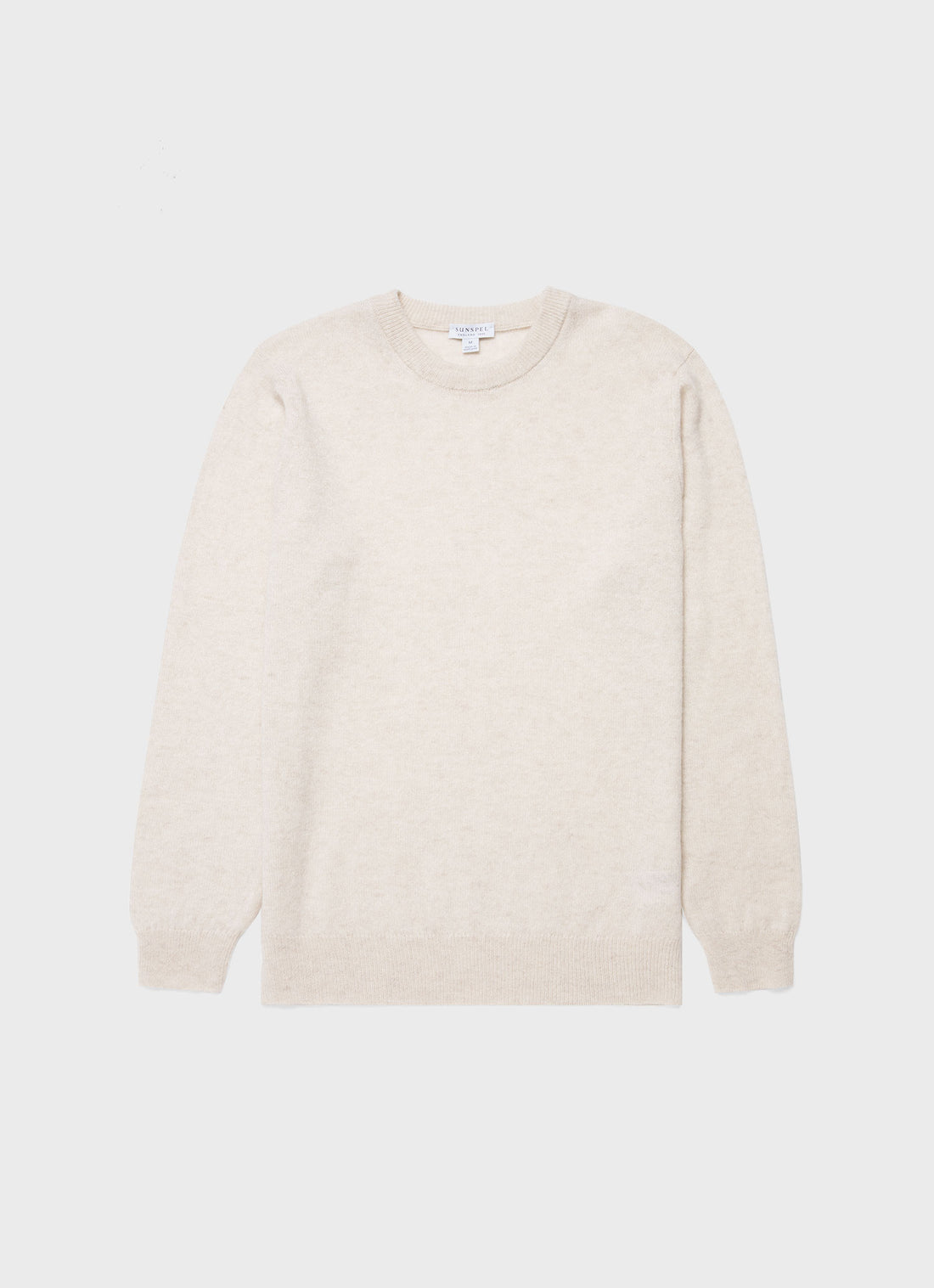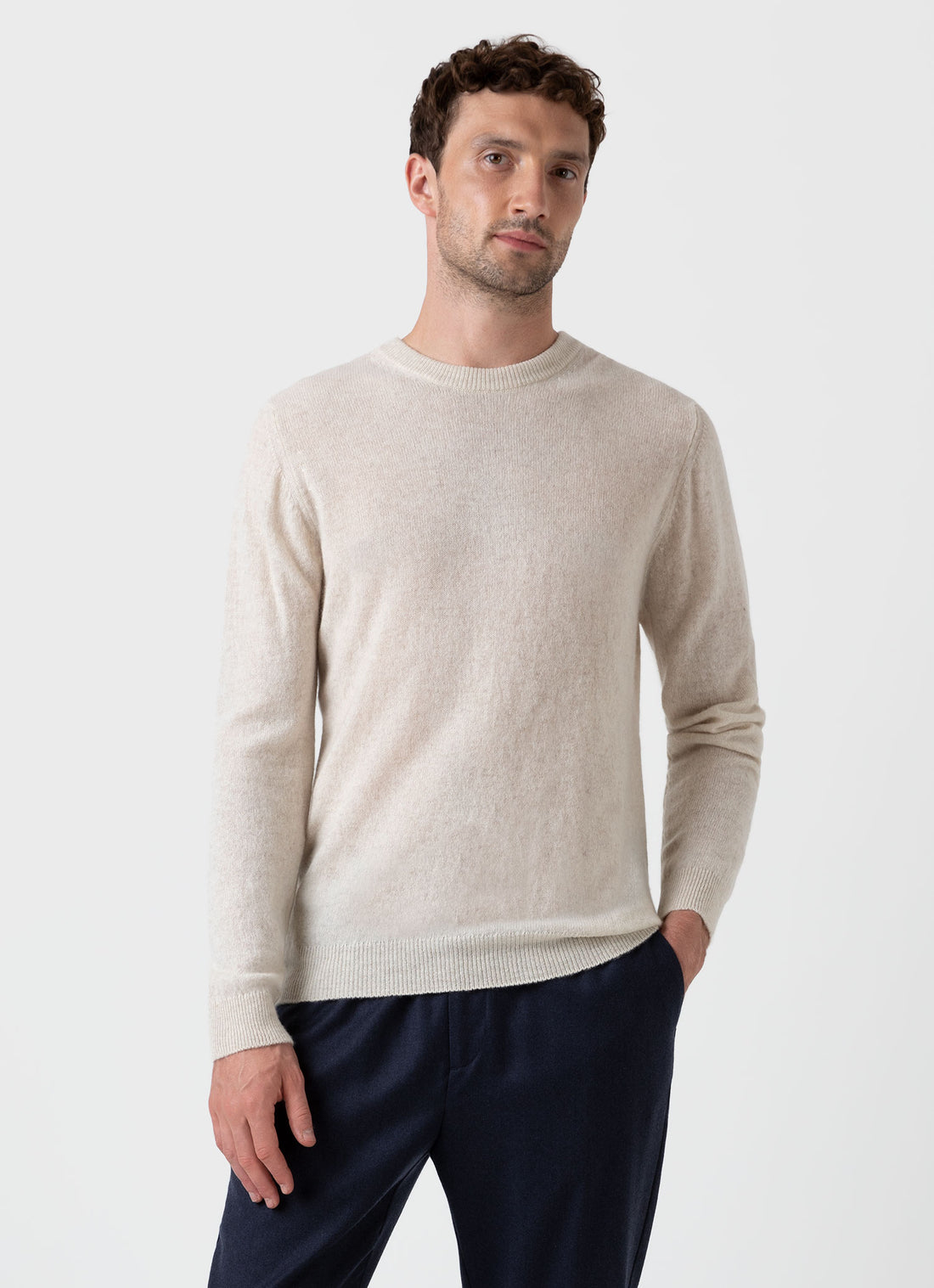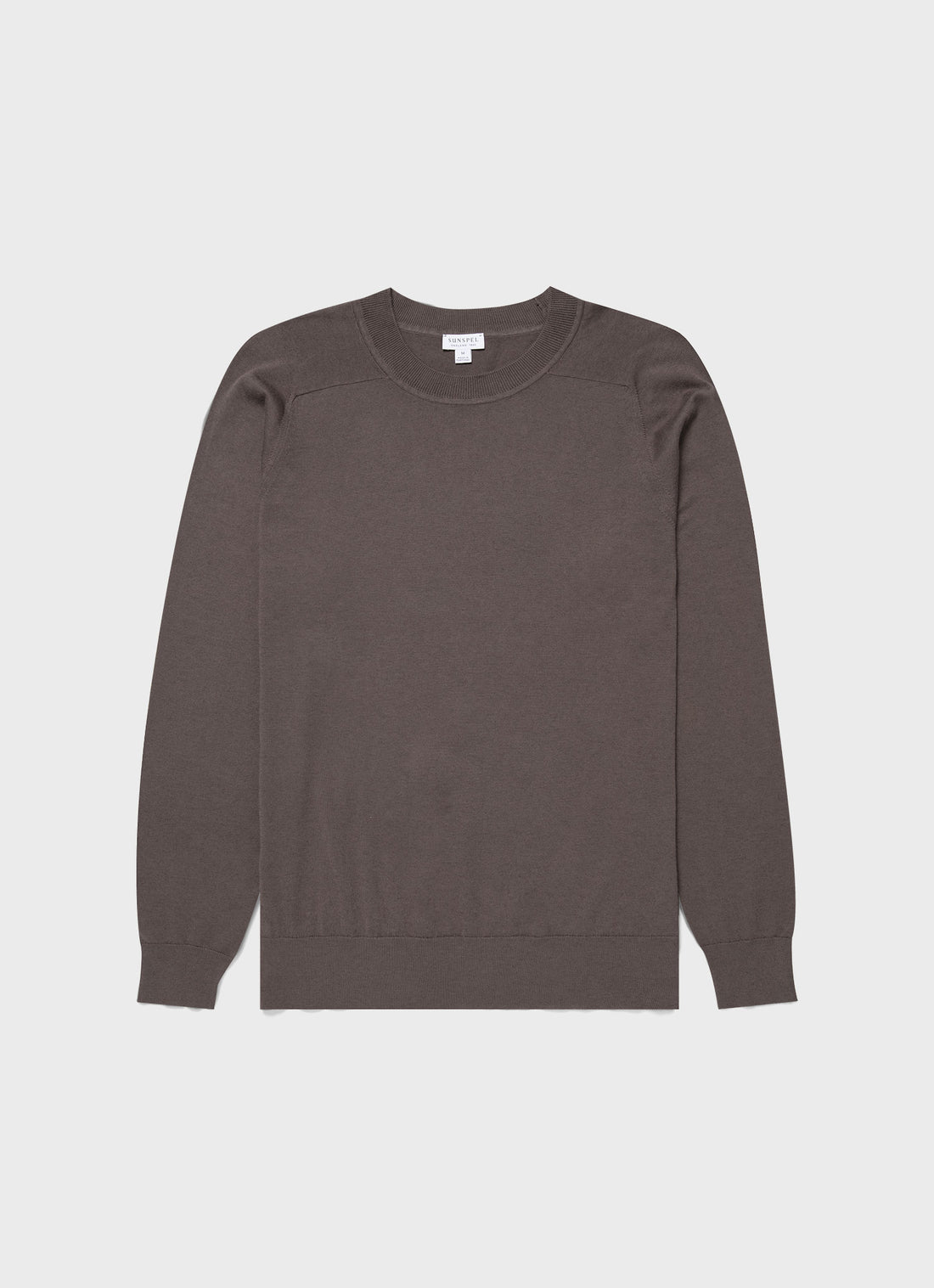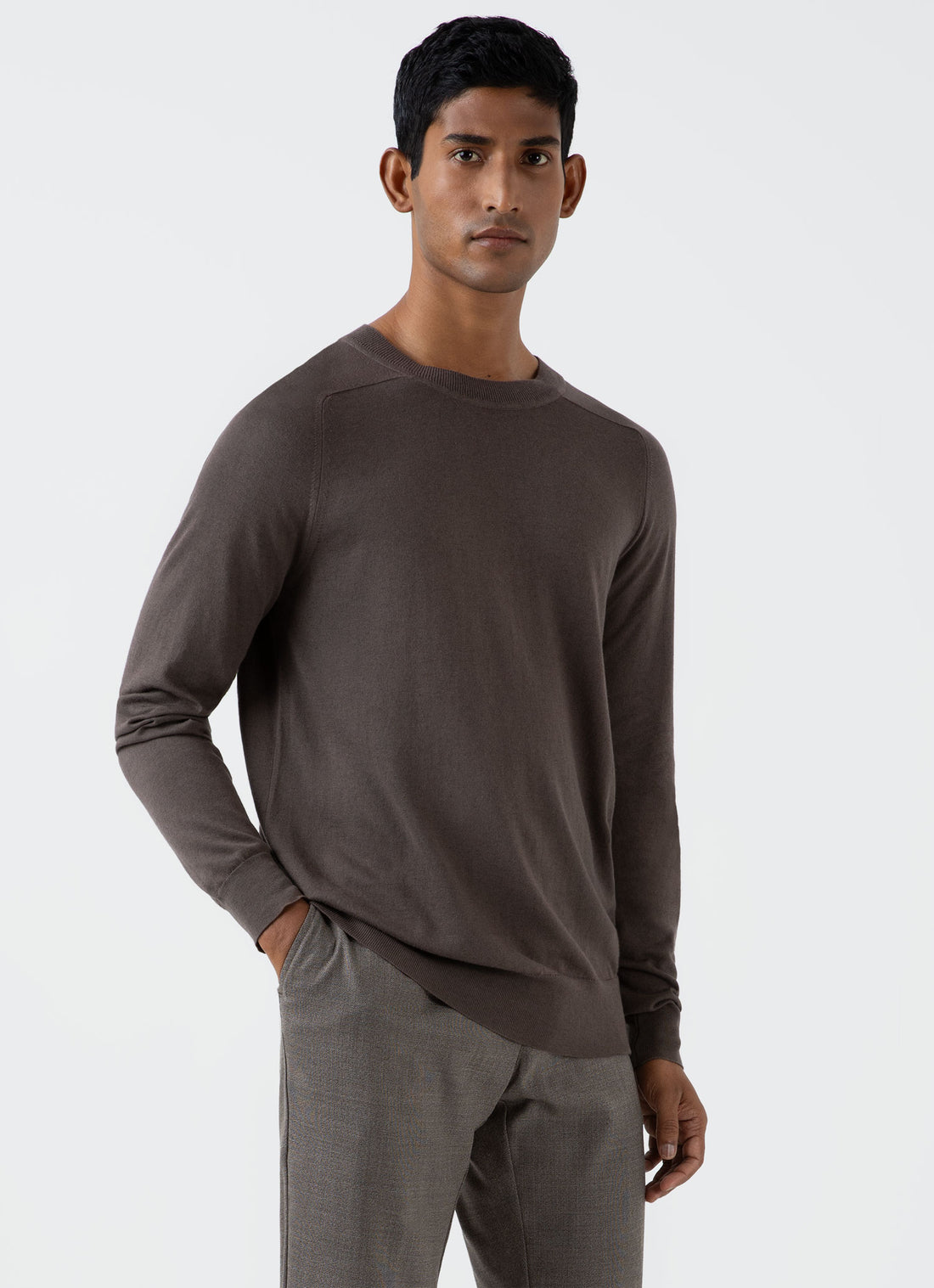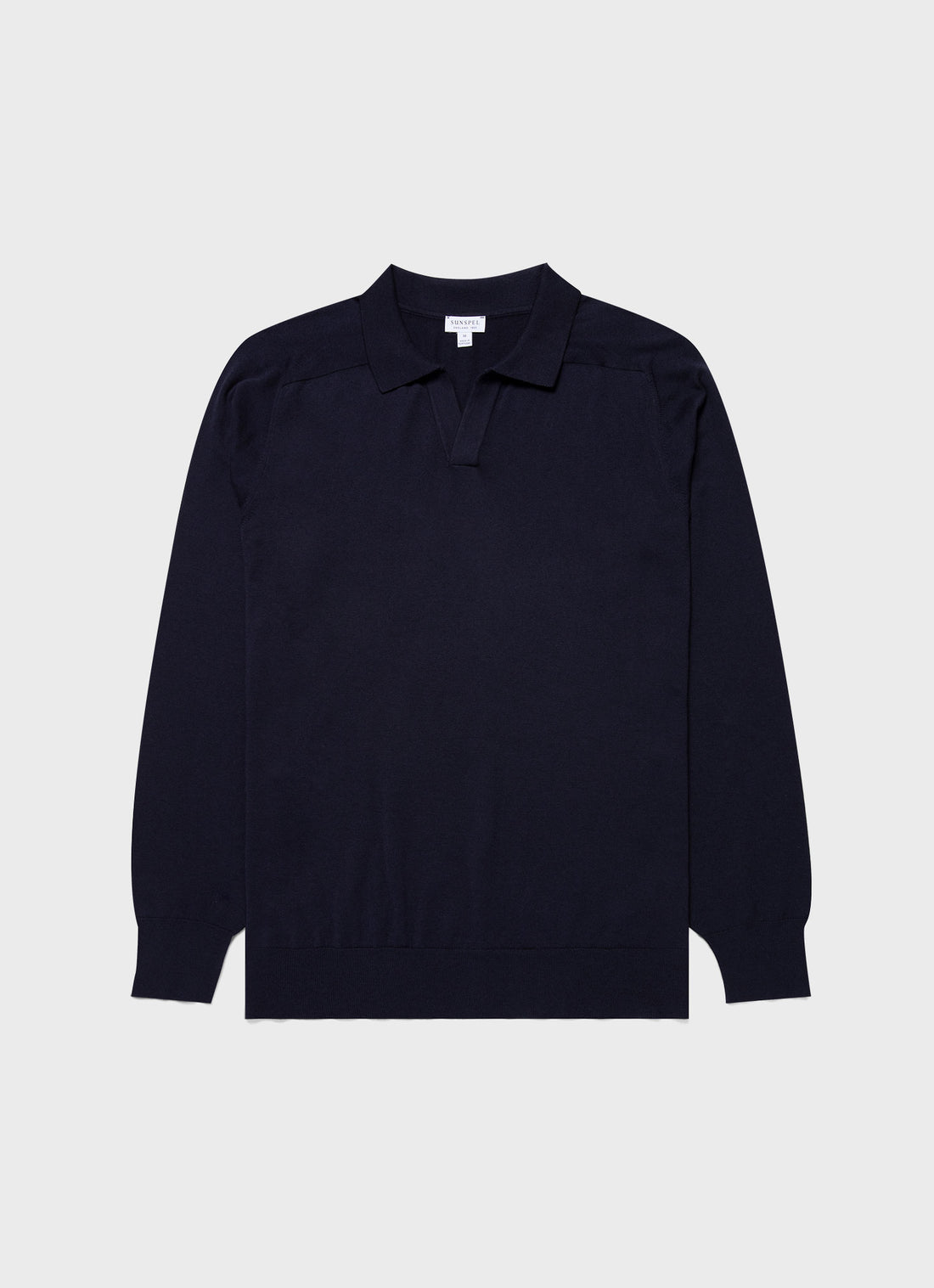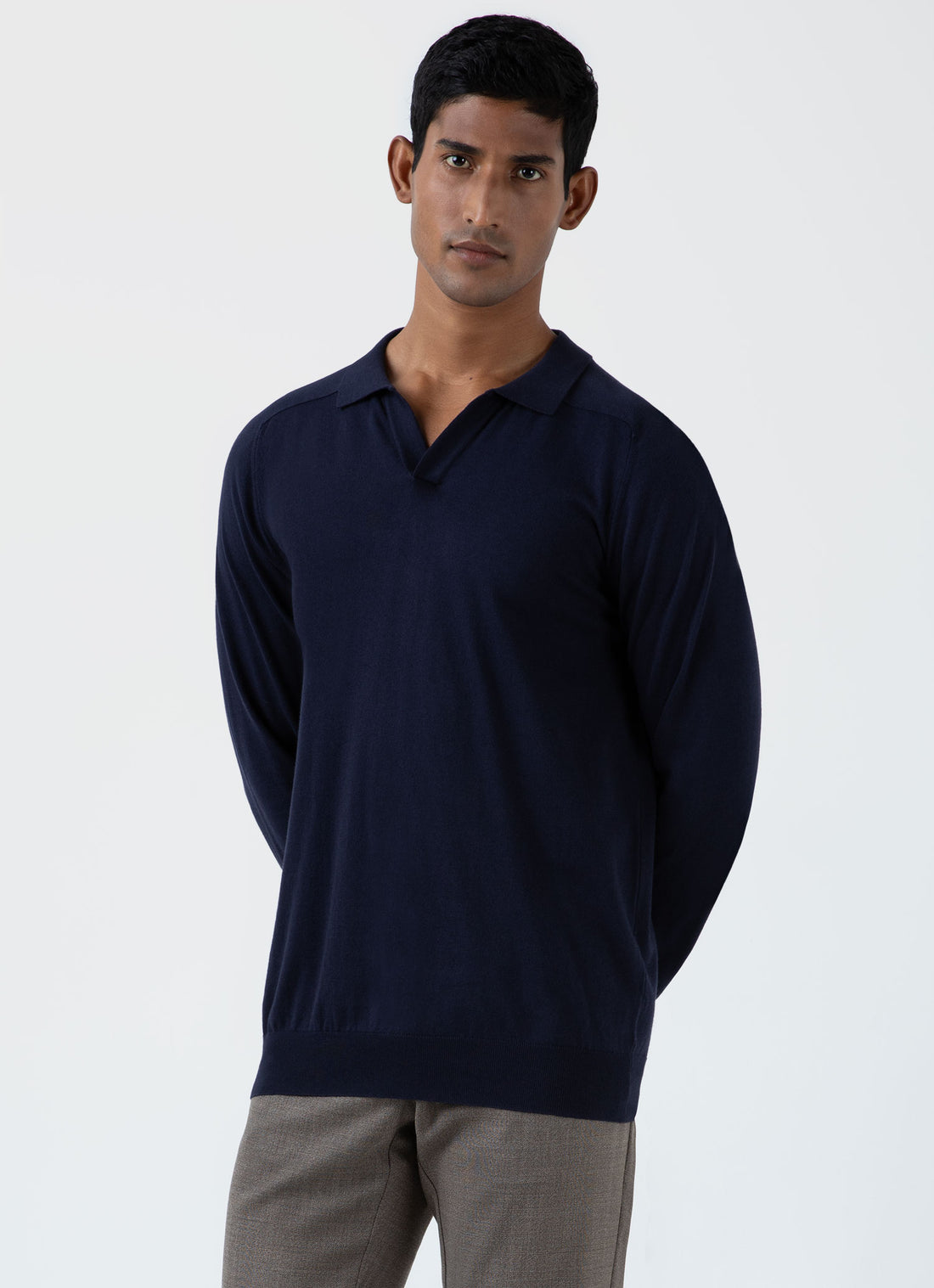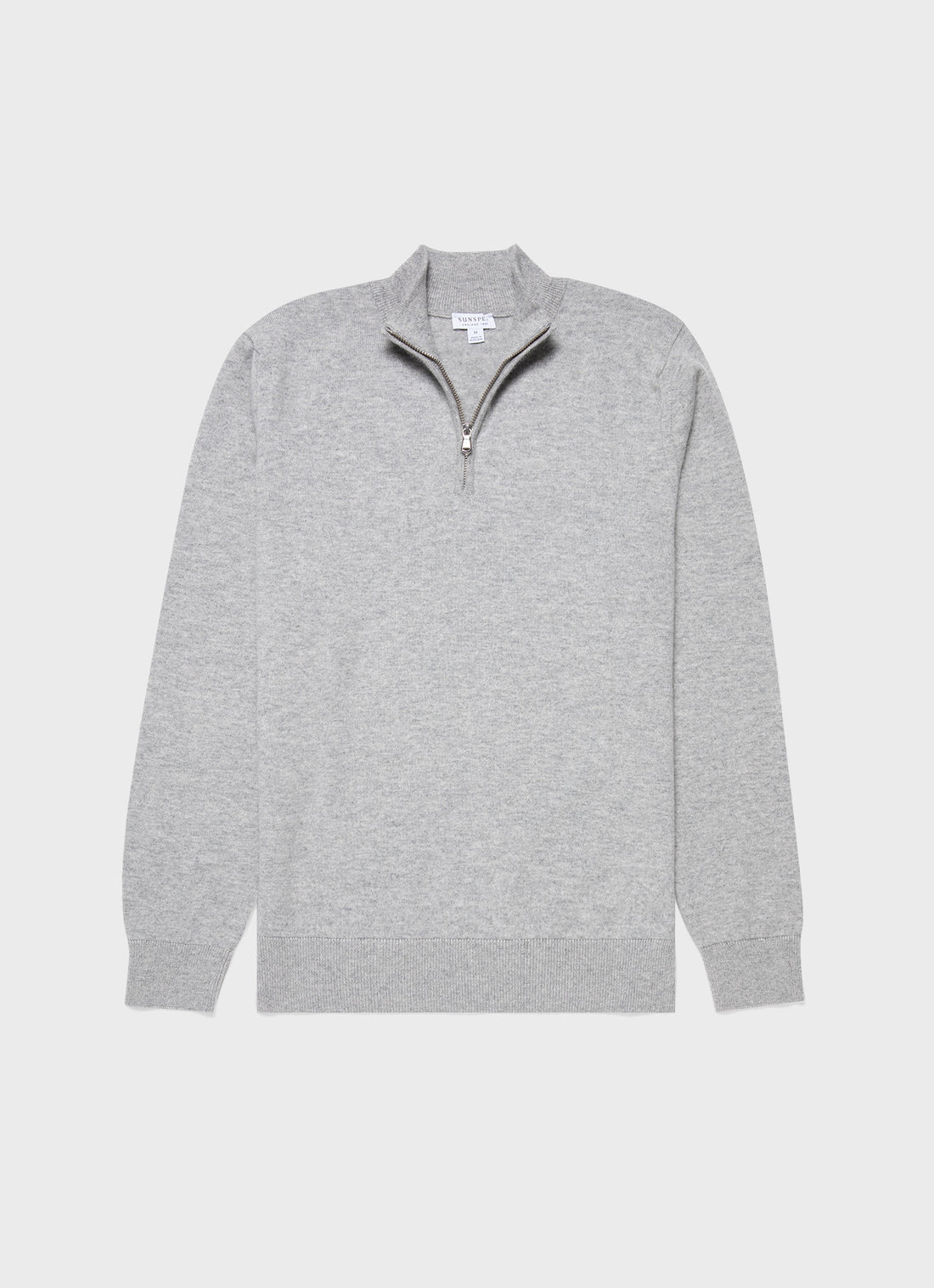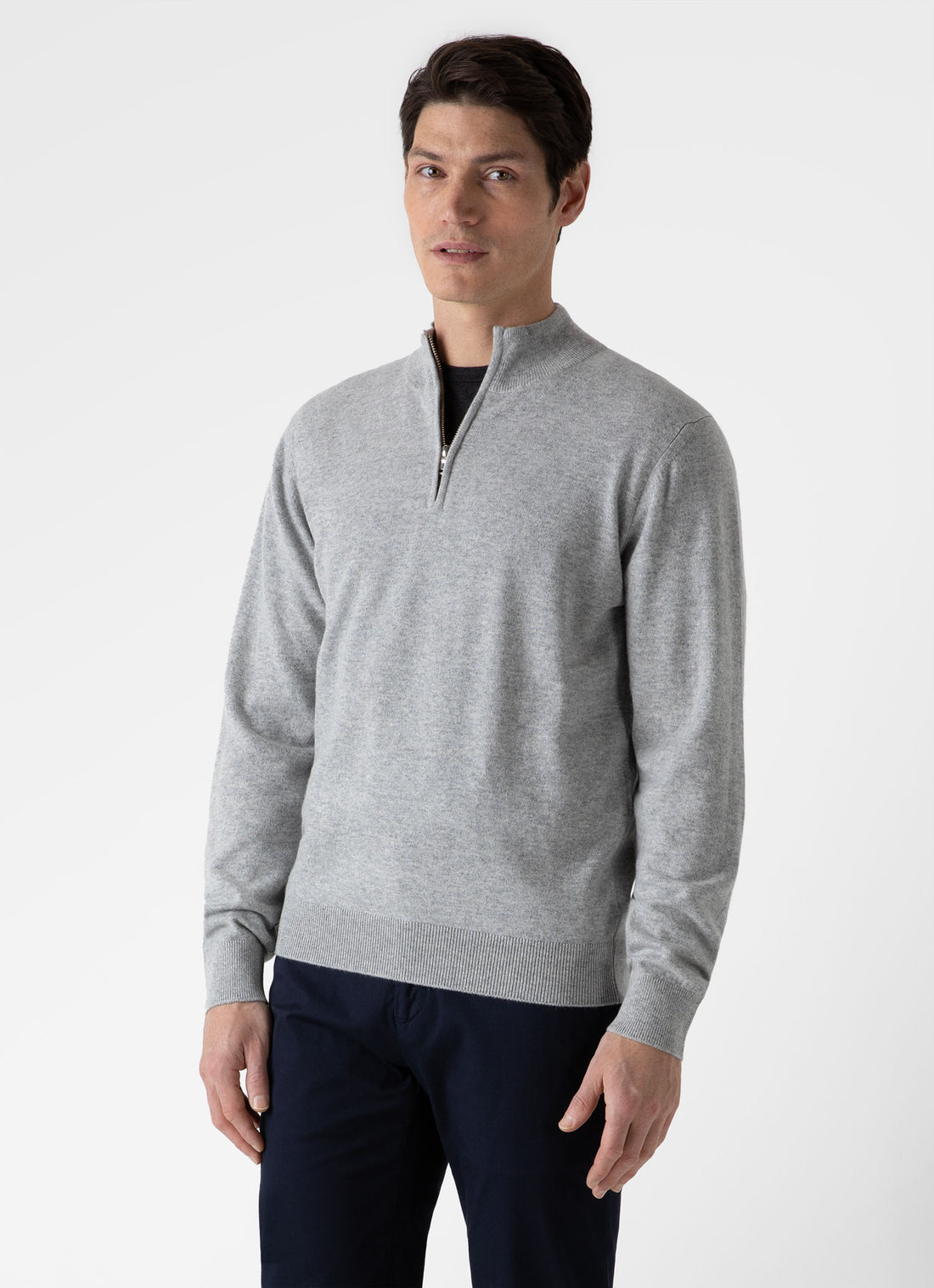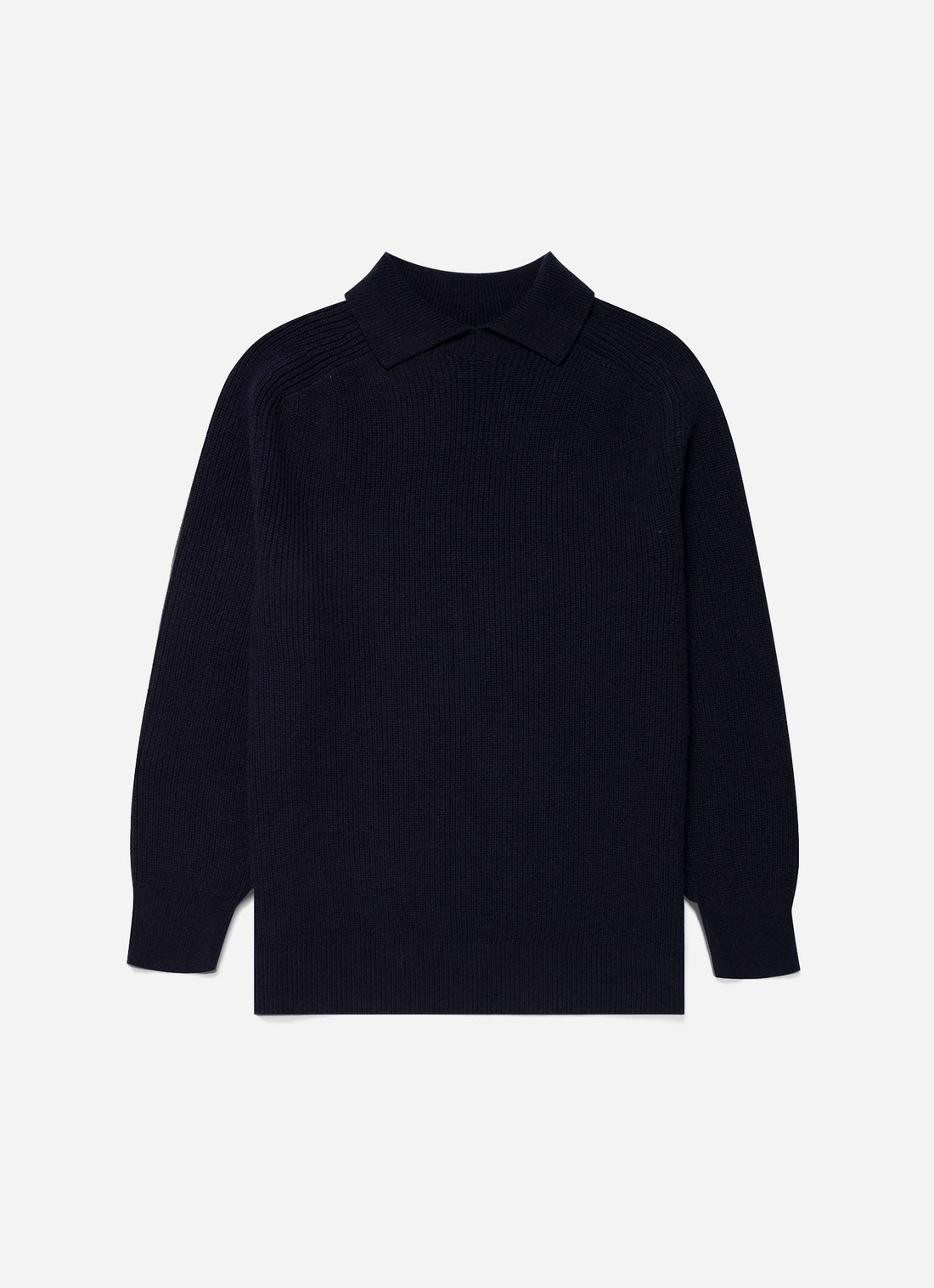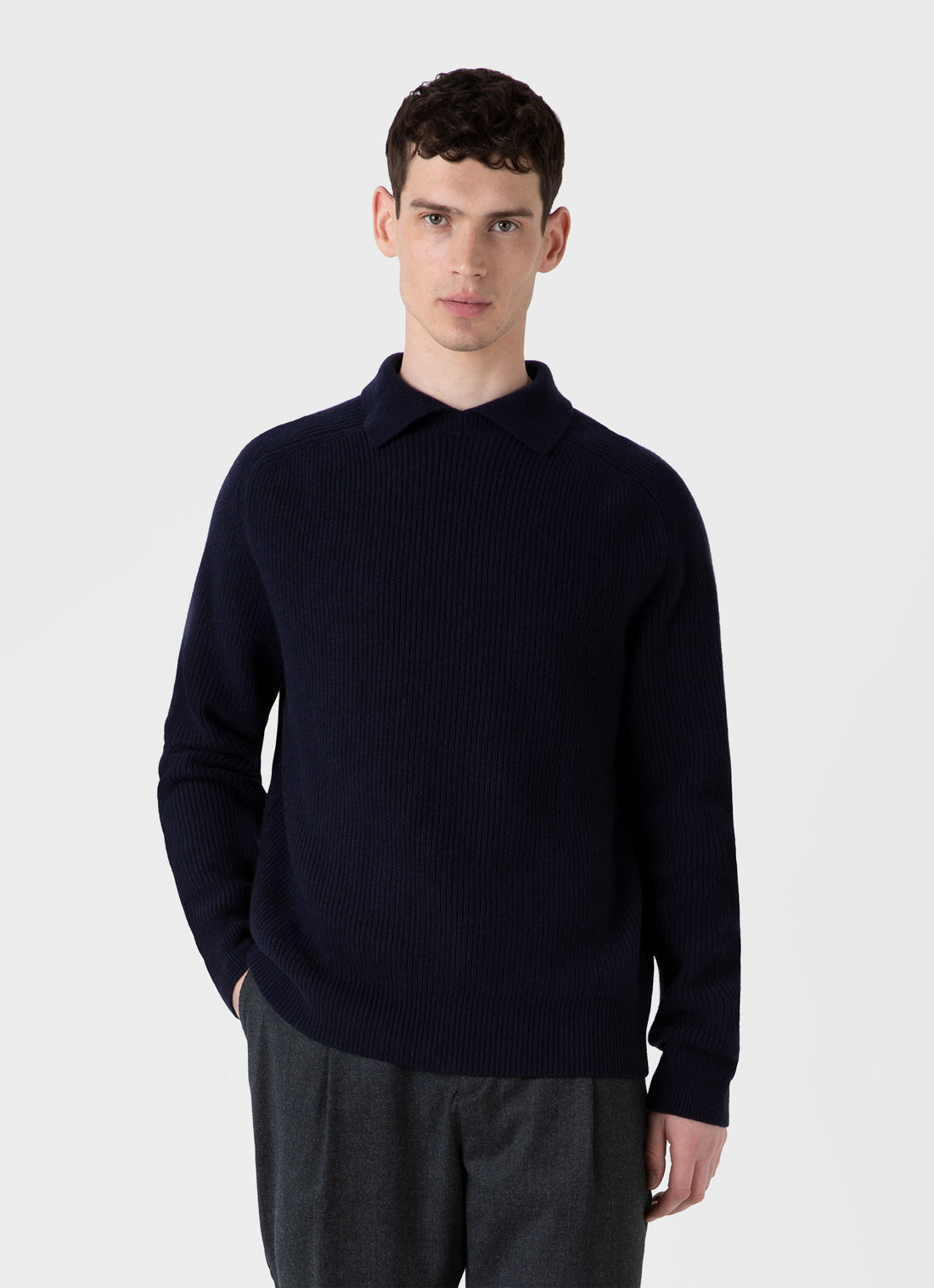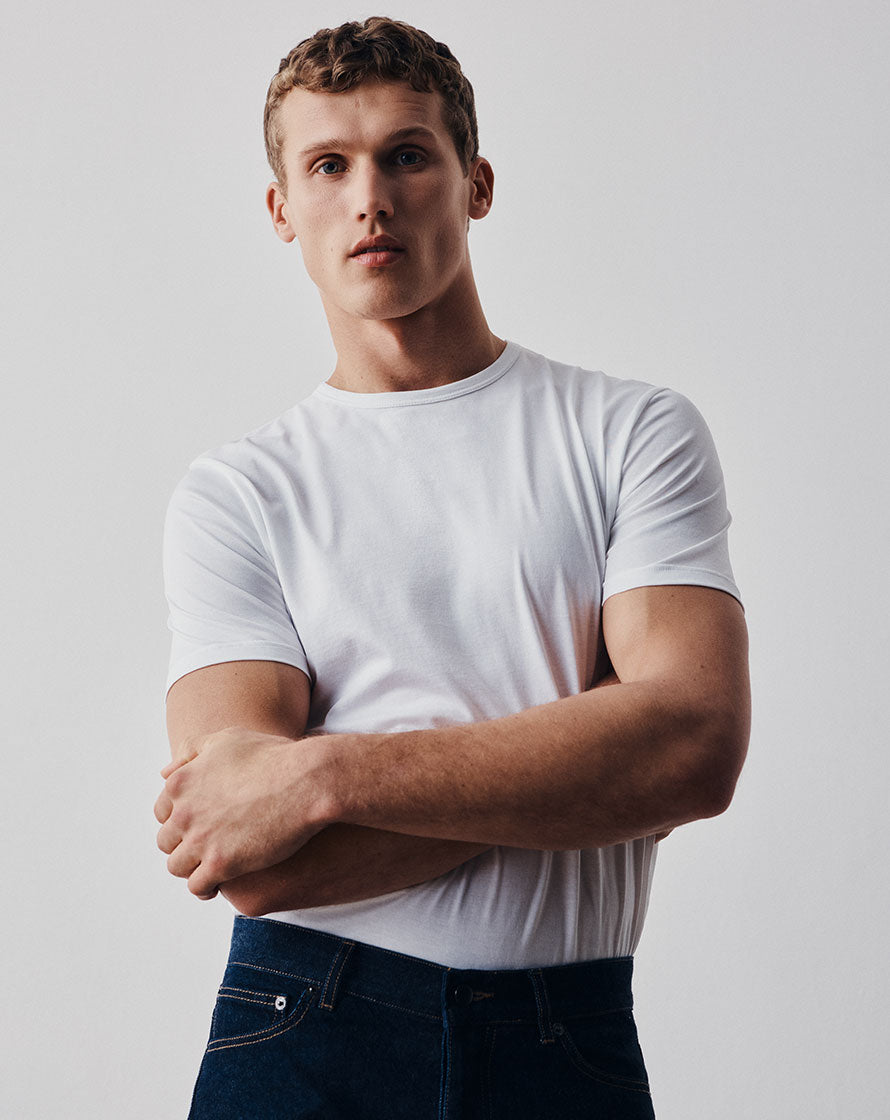The Story of Scottish Cashmere
Cashmere is the world’s finest wool and has a history to match. But what makes it so special and why is Scottish cashmere the best?
The finest fabrics are as luxurious as they sound. The simple ring of their name alone is enough to feel them on the skin. Silk… satin… velvet… The same is true for the world’s finest wool – cashmere. Brushed from the belly of Mongolian goats, cashmere is the lightest, softest, strongest and most sought-after wool in the world. It’s warm in winter yet light enough for summer, it’ll last a lifetime, and its story is one of Emperors. But not all cashmere is equal. It takes knowledge, expertise and devoted craftsmanship to bring out its full potential. Fortunately, some of the best cashmere in the world comes from right here in Britain.
The story of British cashmere begins, ironically perhaps, with its great enemy, Napoleon. Returning from Egypt, the emperor gave Josephine, his soon-to-be wife, a Kashmiri Kani shawl. It was handmade in the Himalayas with the finest hairs of the Capra Circus goat, and it was the softest thing she had ever touched. Feather-light and smooth as silk, she could pull the whole thing through her diamond ring and yet, she noticed with amazement, it was incredibly warm. She loved it and soon all of Europe did too.
The British were no different but the shawls were so rare and expensive they remained on the shoulders of only the richest. In the 1830s, a man called Joseph Dawson mechanised the de-hairing process (the part which separates the finest hairs from the thicker guard hairs), reducing the cost and bringing the ‘soft gold’ to a new audience. The wool became known as cashmere and was absorbed into the British knitwear heritage of jumpers, socks and scarves. By the end of the century, the Scottish town of Hawick in Roxburghshire had become the centre of the world’s cashmere industry. Today most cashmere is produced in China, but the finest is still made in Scotland.
 |
 |
Like Scotland’s world-famous whisky, the secret to its success is water. Cashmere must be washed to open the fibres and soften the strands. Scotland’s granite glens and rich peatland remove the hard minerals meaning its water is extremely ‘soft’ and it’s this that gives the yarn a uniquely delicate, gorgeous feel.
We source our cashmere from Todd and Duncan, one of Scotland’s oldest spinners. We select only the finest Grade A, 15.5 micron cashmere. It’s combed from the goat’s neck where the highest quality white hairs are found and three goats are required for a single midweight jumper. Today most of the world’s cashmere comes from Mongolia and unfortunately, as with many sought-after commodities, abuses are prevalent. Todd and Duncan however, maintain intimate relationships with suppliers to ensure every fibre is ethically and sustainably farmed and that traditional nomadic farming techniques are protected.
 |
 |
We have a wide range of cashmere pieces knitted by Hawick’s best craftspeople, from jumpers to socks, scarves and coats. The pinnacle of the collection is the Roxburgh Jumper. As the name suggests, it celebrates Scotland’s rich cashmere heritage and is crafted from an exceptionally luxurious heavy gauge of the highest quality cashmere. It’s thick, warm and a pleasure to wear but, just like Empress Josephine’s Kashmiri shawl, it’s feather-light and smooth as silk too.
Cashmere’s natural strength means each piece should last a lifetime if properly cared for. Whichever Sunspel knit you choose, you can be sure it will be one of the finest garments in your wardrobe.




